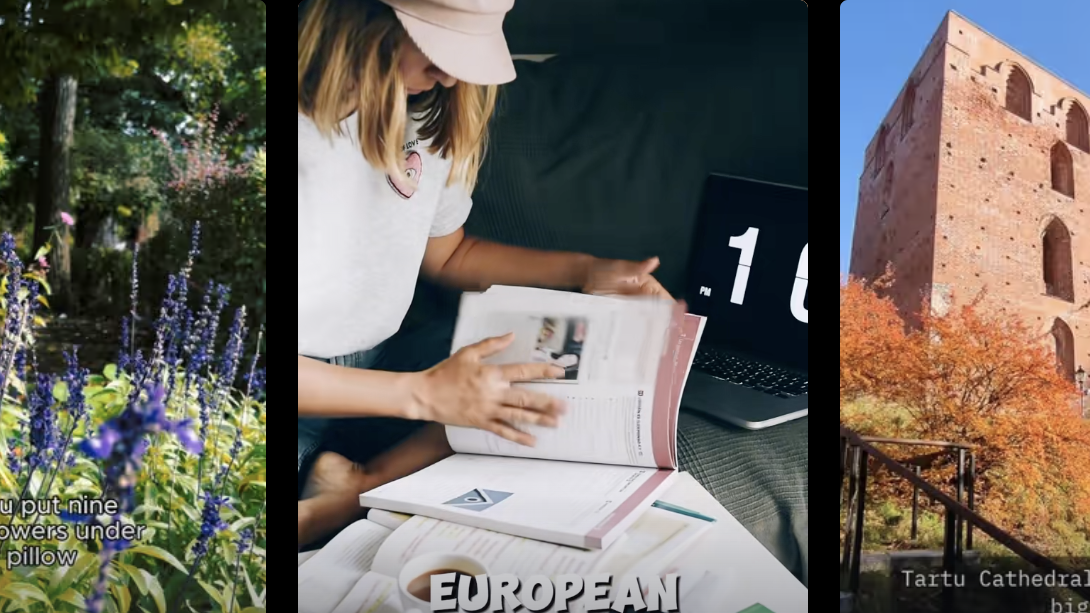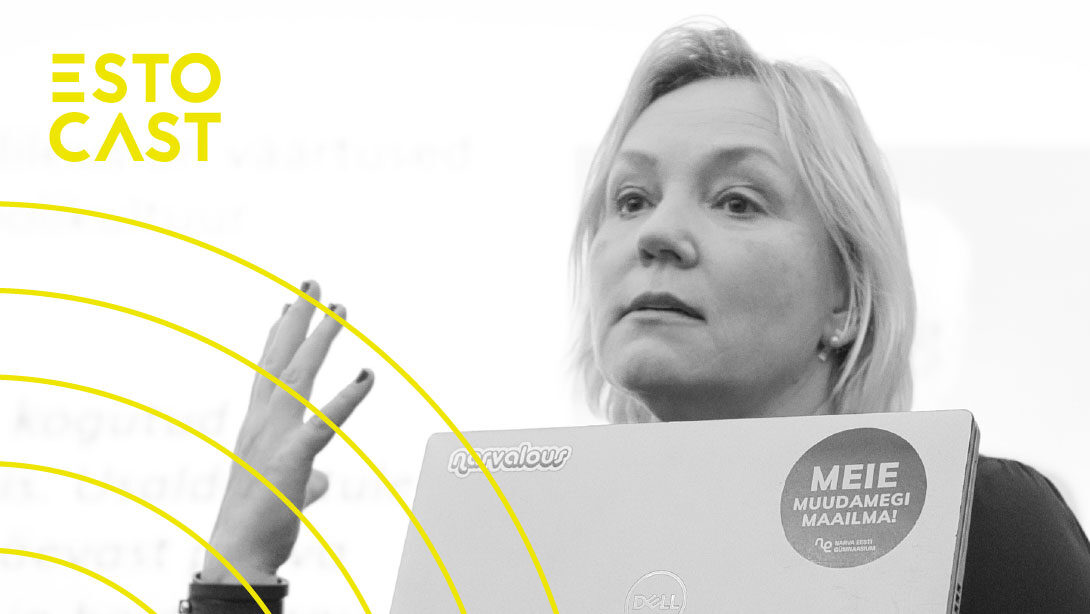In this edition of “Off the Beaten Track: Hidden Places of Estonia,” Steveli Säde shares the story of how a Soviet-era rubber factory became today’s cultural factory, Põhjala Tehas.
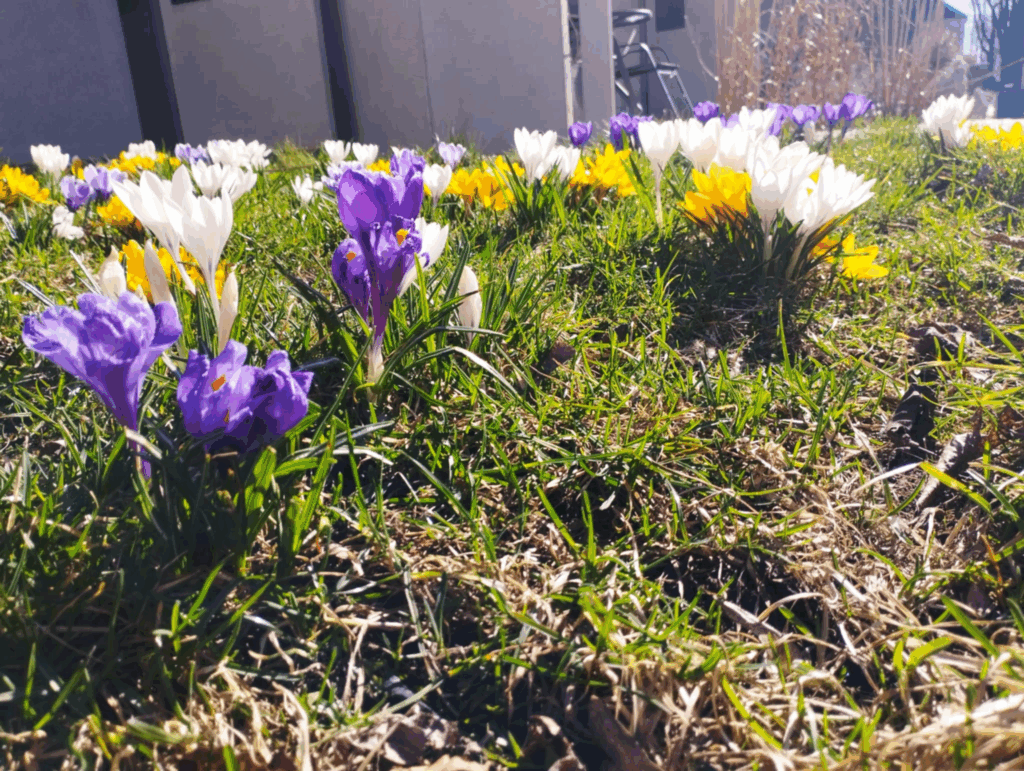
Estonia is not only known for its medieval towers and cobblestone streets. It also has a quiet talent for reimagining the past, turning old industrial ruins into thriving cultural spaces. One of the finest examples of that transformation is Põhjala Tehas, a former Soviet rubber factory in Tallinn’s Kopli district.
Today, it’s a creative micro-city with cafés, studios, gardens, a beehive, and a brewery—a space with its own rhythm and atmosphere. The people who work here and those who simply come to explore or recharge, all become part of one big, loosely-woven community.
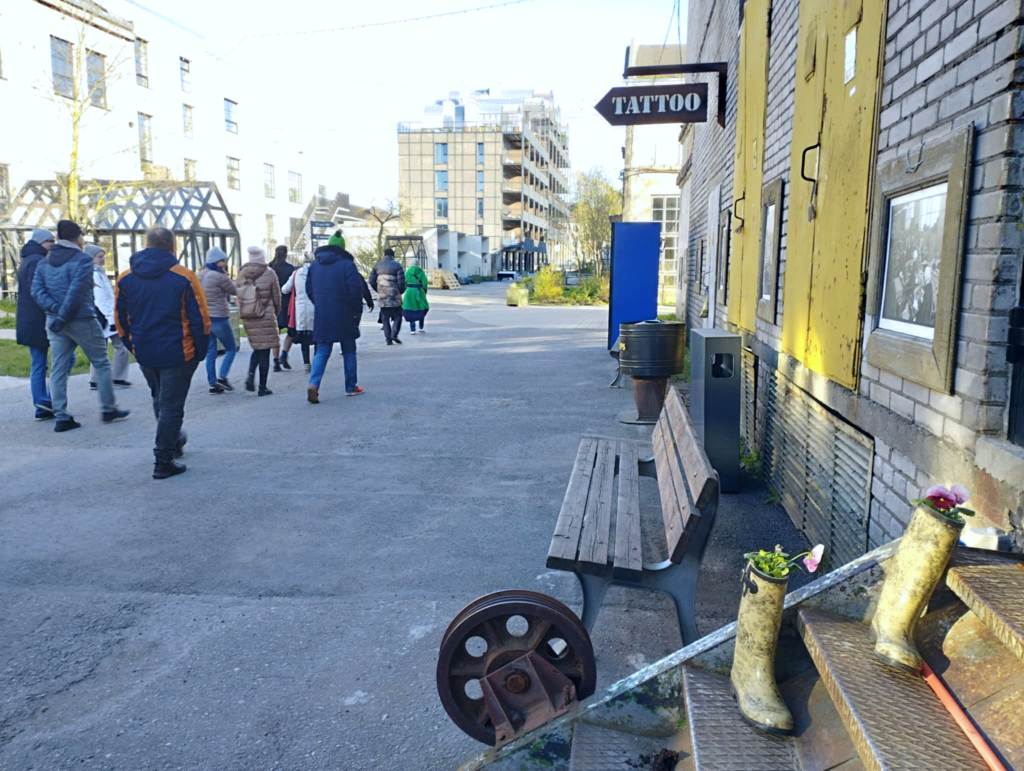
To understand what makes this place so special, I met Steveli Säde, a cultural producer and coordinator at Põhjala Tehas, in ankruSAAL, a cozy book café set within the complex. We talked among shelves of second-hand books stacked to the ceiling, their colourful spines forming a mosaic, a colour-coded composition titled “Women Who Run with the Wolves.” The piece was created by artist Federico Ellade Peruzzotti in 2023 and was inspired by Clarissa Pinkola Estés’ influential book about female archetypes and storytelling.

Steveli told me about the idea behind ankruSAAL. The owner wanted to create not just a café, but a space filled with books, where people could relax, work, talk, or simply sit quietly. To bring that vision to life, he turned to Maaja Hallik, who runs REaD—a second-hand bookstore in Tallinn’s Old Town. She agreed to take part, and the café has since become a hub for the community. Book launches, readings, quiz nights, comedy, concerts—it all happens here.
I asked Steveli to tell me about the factory’s past. Steveli led me on a walk through the factory’s inner spaces, places not always open to the public. As we walked, she told me the story of the site’s transformation.
Kopli—the peninsula where Põhjala Tehas stands—was once covered in greenery. Like many places eventually overtaken by industry, it used to be a beautiful part of the city. In the early 20th century, it was chosen as the site for a warship factory, and that’s when the massive hangars were built.
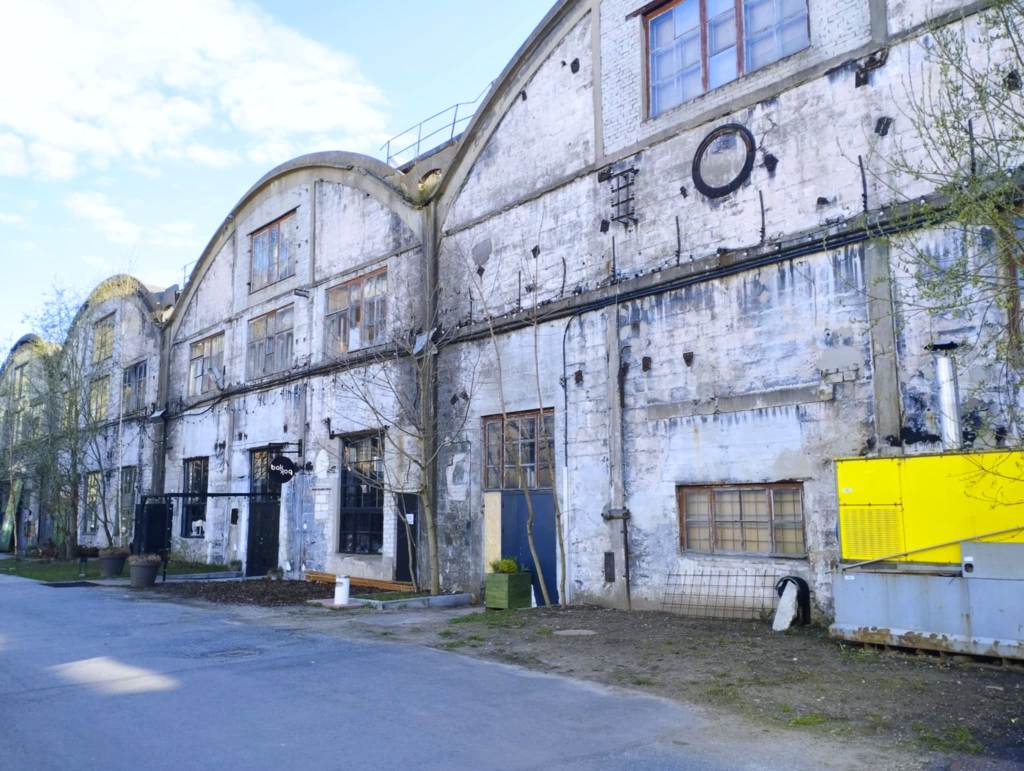
After the First World War, the navy no longer needed the space. A chemist named Harry Feldmann took over the site and began producing rubber goods—most famously, the Põhjala boots. From around 1920 to 1940, Feldmann’s factory made a variety of rubber products.

When the Soviets took control, the factory continued to operate. The Põhjala Rubber Factory remained active until 1998, when the land and buildings were finally sold.
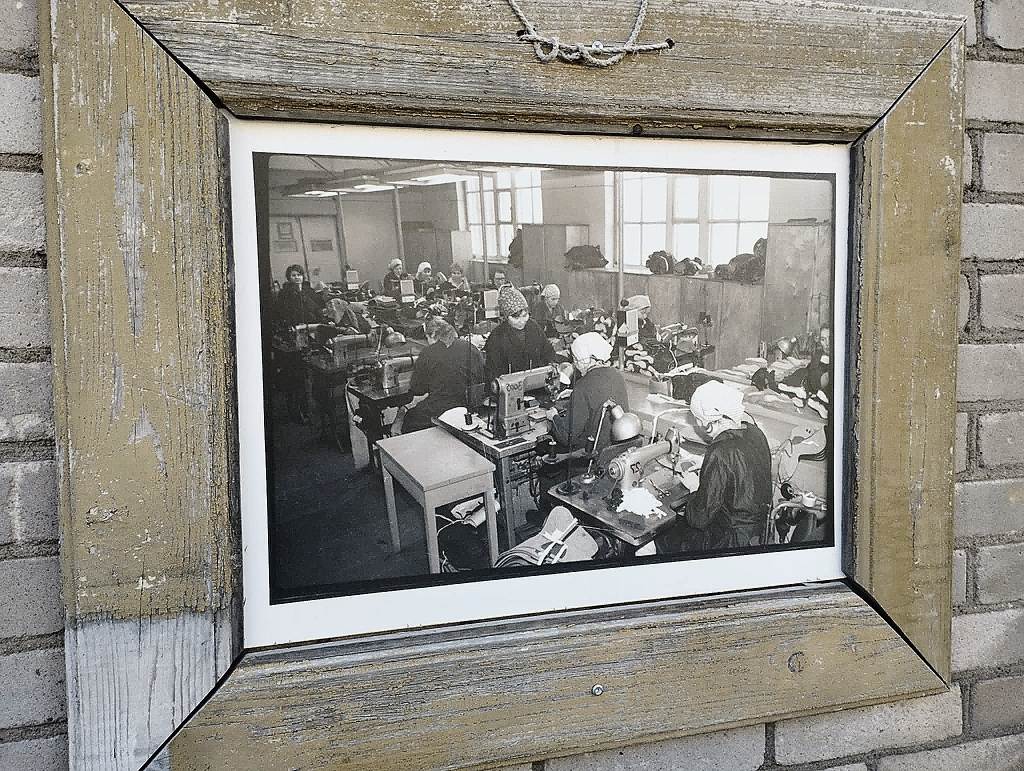
For years afterward, the area stood silent and empty. In general, the Kopli district has long had a reputation as one of Tallinn’s rougher areas, a place most people wouldn’t choose to visit without a reason.
“When I moved to Tallinn six years ago,” Steveli said, “Kopli wasn’t a place you went for coffee. It was just… spooky.”
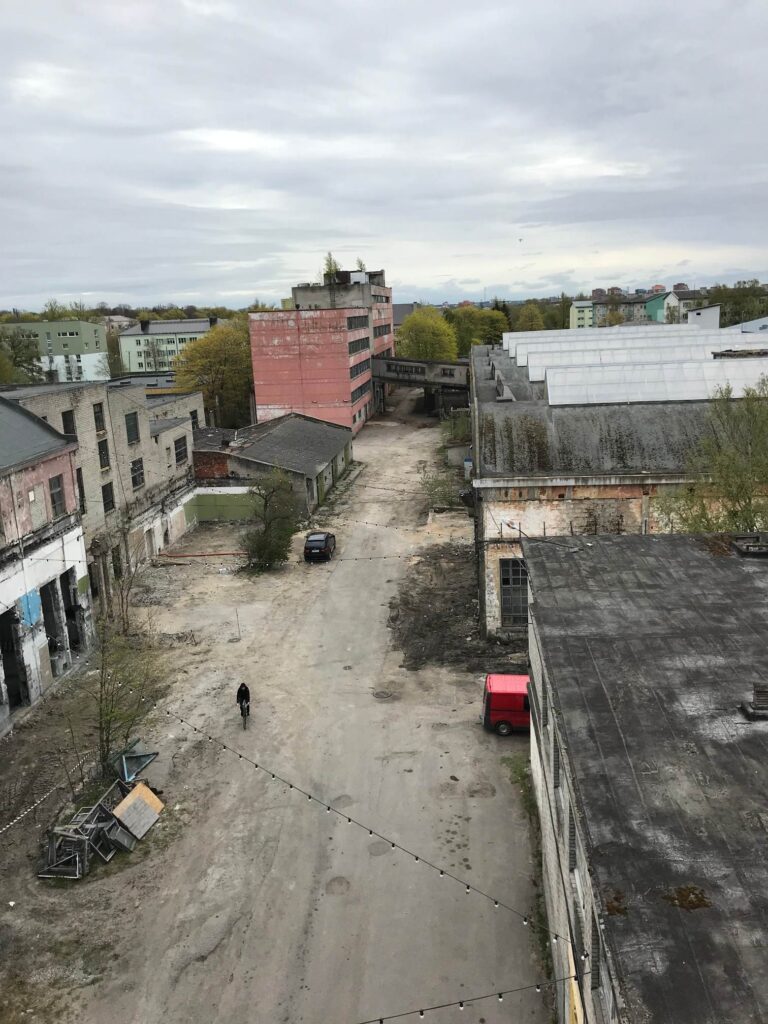
But in 2018, the story of Kopli took a different turn, when Põhjala stopped being a forgotten factory and began its second life as a cultural space.
That change was led by Urmas Laur, a “cultural factory builder” behind Telliskivi in Tallinn and Aparaaditehas in Tartu. Together with three partners, he reimagined the site as a creative hub. Rentals are handled by the commercial team; the cultural side is shaped by a nonprofit: a four-person team, including Steveli, working together to guide the space’s spirit.
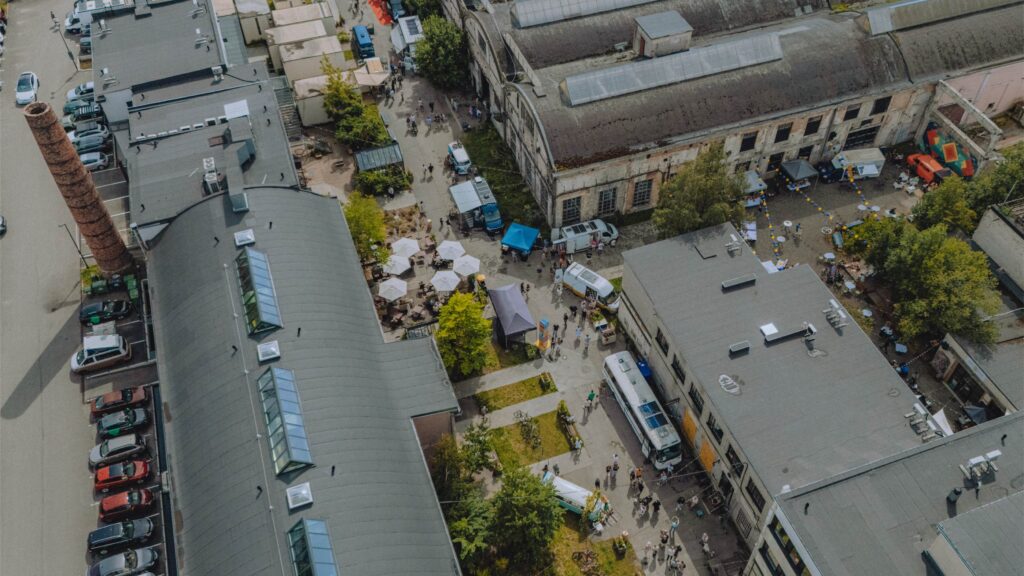
“The first building where we started operating and got our first tenants in was Stuudiomaja,” Steveli said. “During the rubber factory times, this building had the only entrance to the factory area.” The original turnstile from that era still remains inside.
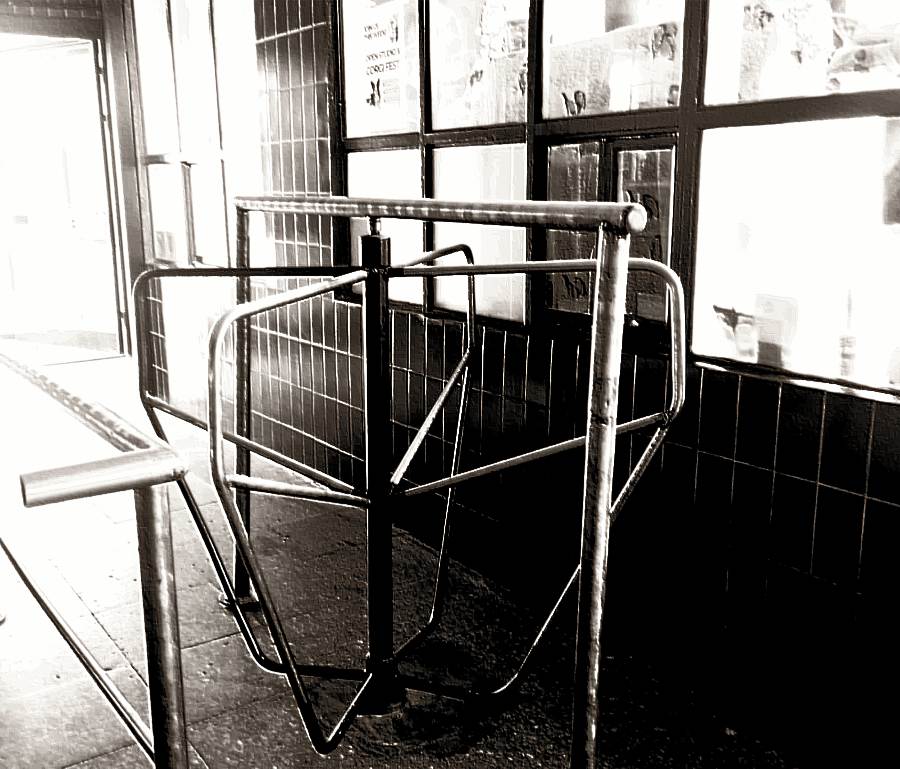
I asked Steveli whether there’s a guiding philosophy behind Põhjala Tehas and whether the space is meant to stand apart from more conventional venues. She said, “We try to stay away from the mainstream. No Starbucks. We have Lykke coffee, Kokomo roastery—both local. Instead of H&M, there’s KÄT, a boutique run by Estonian designer Kätlin.”
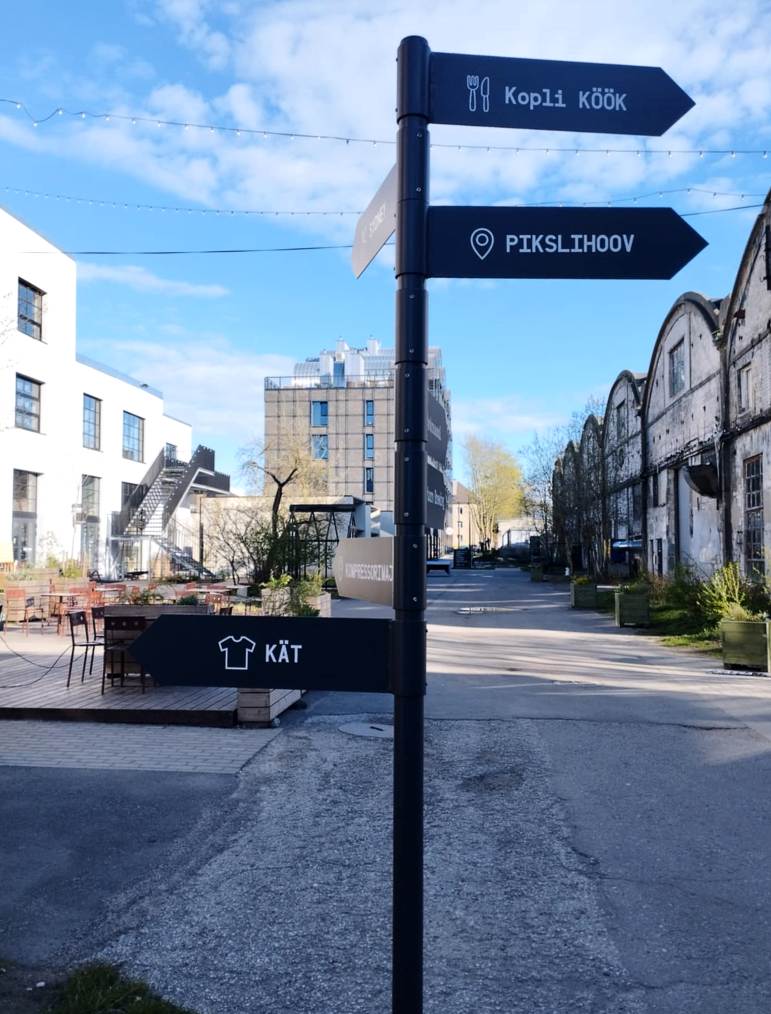
From what Steveli shared, it’s clear that respecting the environment is also a key part of the spirit here. On the grounds of Põhjala Tehas, plants and trees are preserved and brought into the design. Flowers bloom across the territory. A community garden has taken root and a rooftop oasis tops the Botik studio-bar.
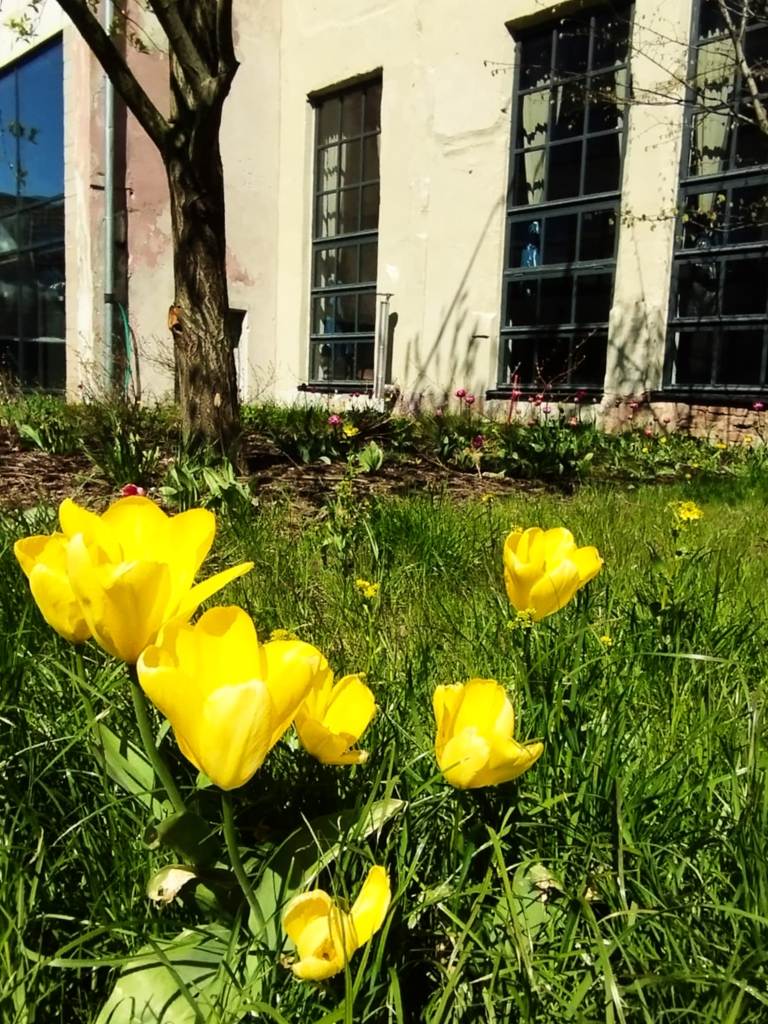
The community garden at Põhjala Tehas is part of a city-wide initiative. Tallinn has created similar gardens in many neighbourhoods. On this site, sixty tenants from different parts of the city rent their own planting boxes. Although the garden itself is a city project, here it has taken on a distinct character. “One of our tenants keeps chickens, and every summer he brings them to the garden,” Steveli said.
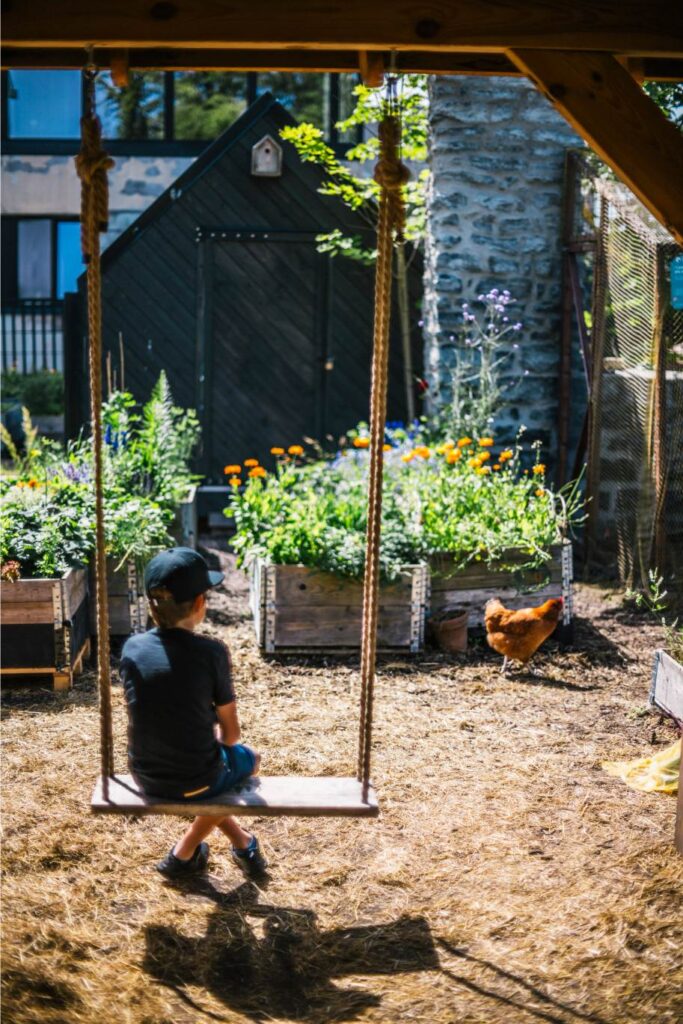
At Põhjala Tehas, honouring the traces of its history means more than preserving old artifacts. It’s about incorporating them into everyday life and design. The factory’s historic emblem, once embossed on rubber boots, has become the symbol of the new cultural complex. Today, it can still be found in a few places around the site.

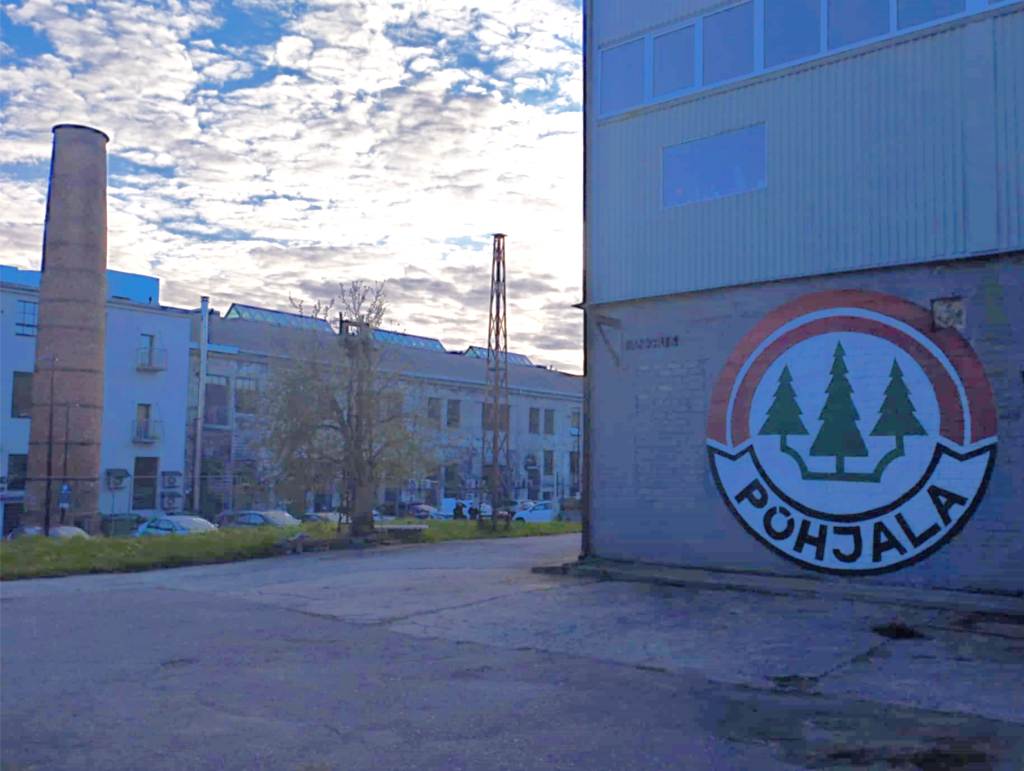
Architectural heritage is also carefully honoured. One of the newest buildings on site mimics the old hangars with its distinctive curved roof. It houses sixty to eighty apartments, but the ground floor belongs to Põhjala Tehas itself, hosting creative studios that continue the factory’s spirit of artistry and invention. In 2024, the building received two national awards for architecture, a celebration of how memory and innovation can come together with such graceful harmony under one roof.
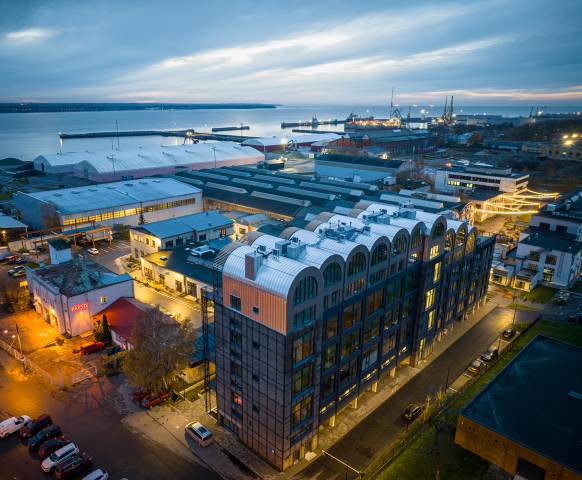
At Põhjala Tehas, it’s not just the architecture that is preserved, it’s the spirit of the place itself. Exhibition spaces and creative studios are designed to flow naturally into the old surroundings, without erasing the traces of history. “Many of the walls still have the old paint,” Steveli told me.
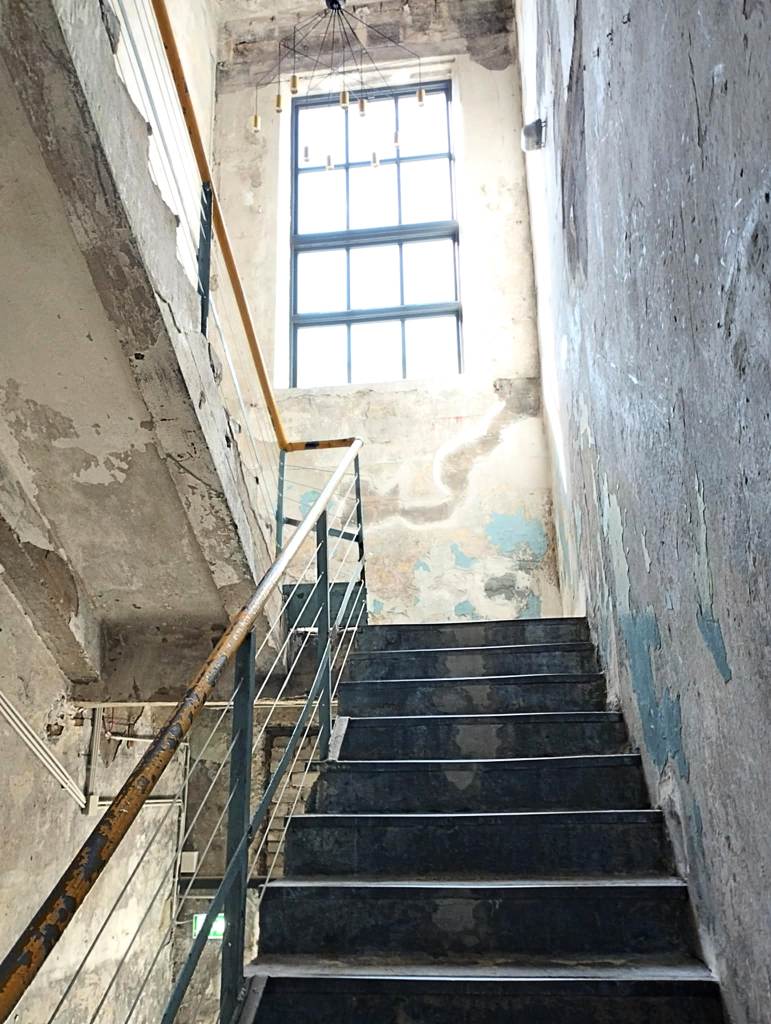
At Põhjala Tehas, there’s plenty to experience, and it often starts with food and drink. There are currently four cafés: Kopli Köök, ankruSAAL, Kokomo Coffee Roastery, and Karjase Bakery, plus Bar Rara and Tuletorn Brewing, where visitors can enjoy drinks in spaces that reflect the site’s creative energy.
This summer, two more will join: a pizza restaurant, Puusepa Pitsa, and a gallery-café-design space called Bästard.
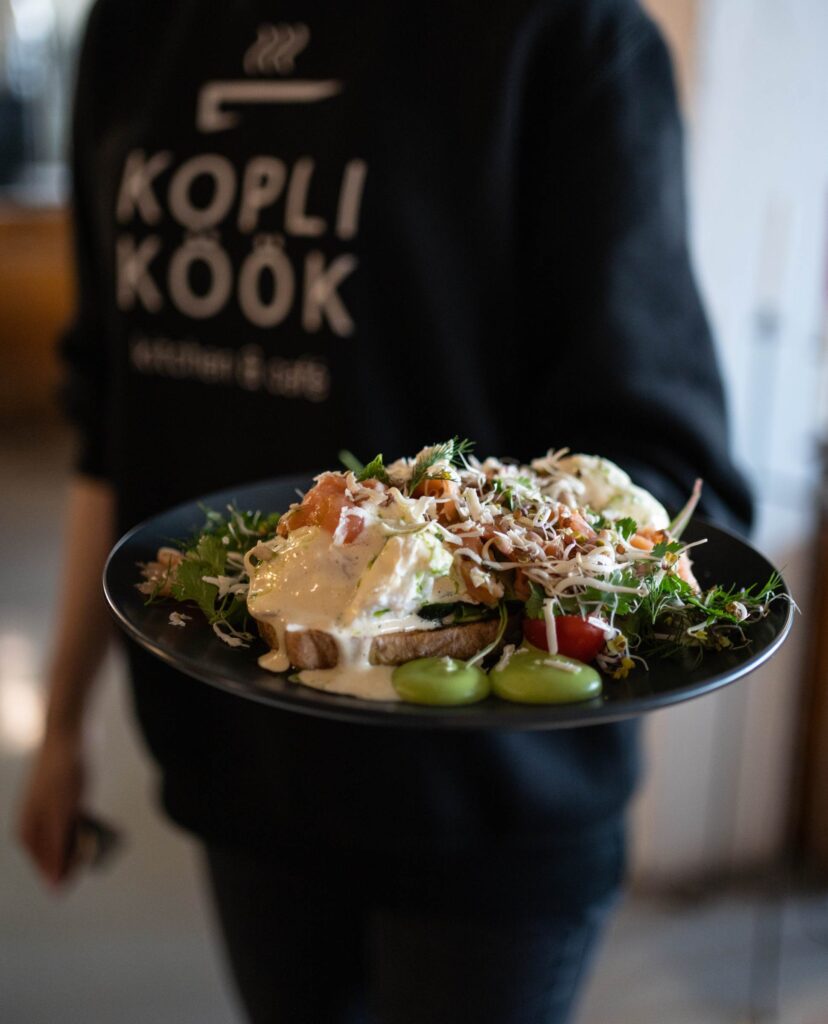
But eating and drinking are only part of the story. Today, Põhjala offers a rich mix of life and work. There are photo studios, a hair salon, a tattoo parlor, design stores, ceramic and vintage restoration studios, and more.
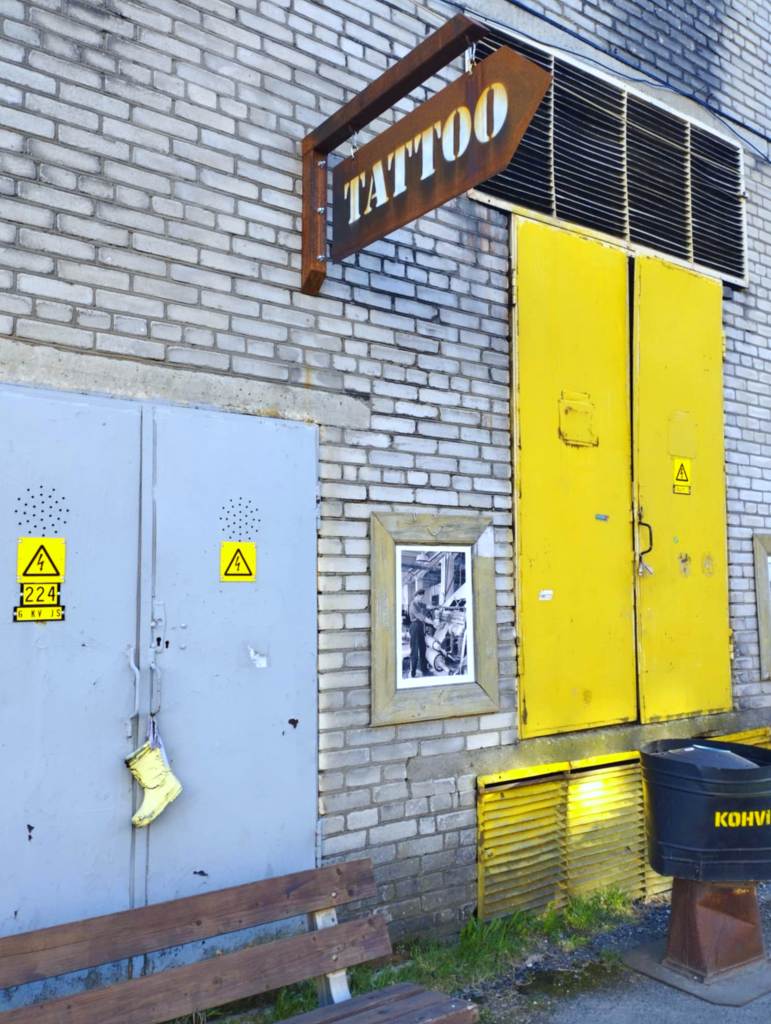
What Põhjala is perhaps best known for, though, are its massive original hangars. One of the most anticipated events this summer is the reopening of these historic spaces.
“Until now, no one could go inside,” Steveli said. “But this summer, we’re opening them. We’ll host exhibitions: one by EKA art students and another by a painter working on huge canvases. She’ll let people watch her process. That’s powerful.”
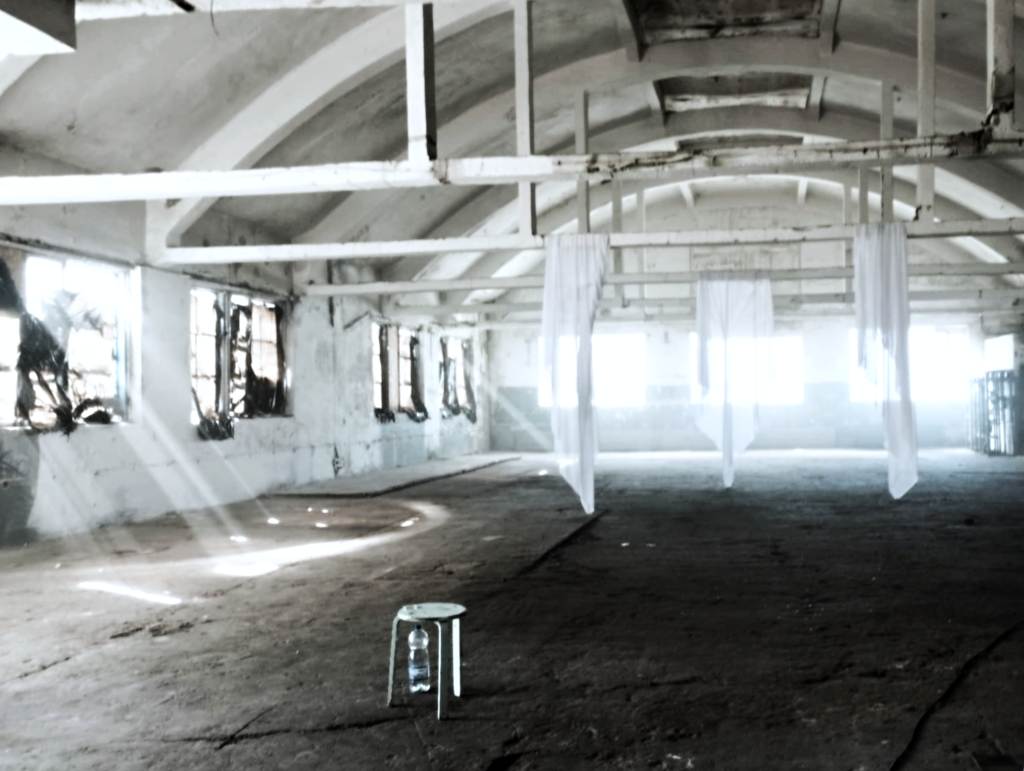
And Põhjala always holds surprises. On May 10th, the site hosted the Corgi Festival, with hundreds of corgis running around the grounds.
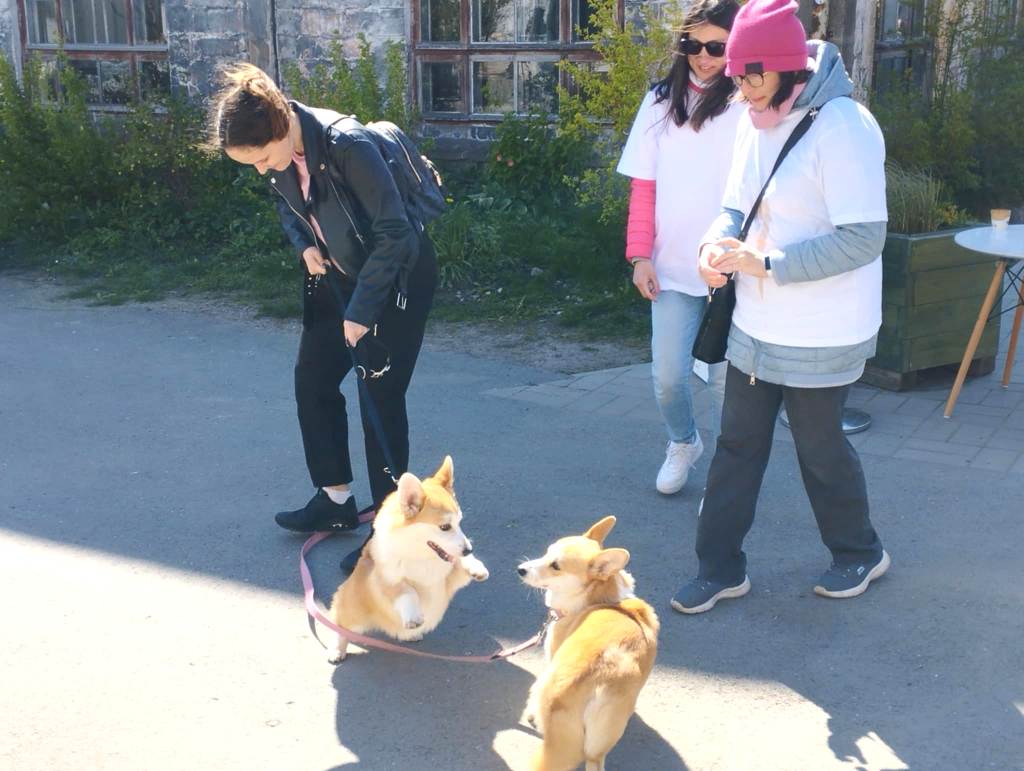
The night before, on May 9th, the Open Studio Night took place at Põhjala, with more than forty tenants opening their doors to the public.
“Open Studio Night is a great opportunity to meet ceramicists, seamstresses, painters, even a blacksmith,” Steveli said. “It’s a chance to step inside studios that are not normally open, and to talk directly with the people who work there.”
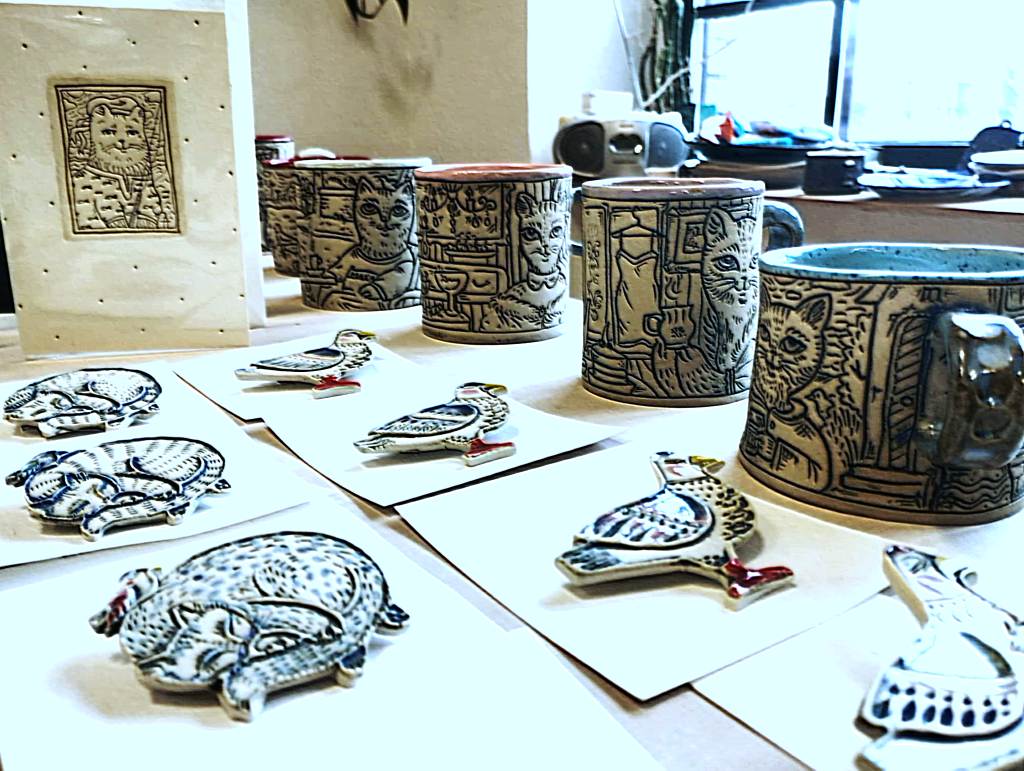
When I asked Steveli about the future of the place, she didn’t hesitate. “The idea will stay the same—but the community will grow. More people want to not just visit, but be part of it. They say ‘I want to work here. Because of the people.’” She shared what makes this place truly special to her: the small, everyday stories that unfold all around.
“It’s inspiring to walk in and know what’s happening behind each door. One is sewing a costume for a famous Estonian singer; next door, someone’s developing a product that’s about to make headlines. They don’t think it’s special. But I see it and think ‘wow.’”
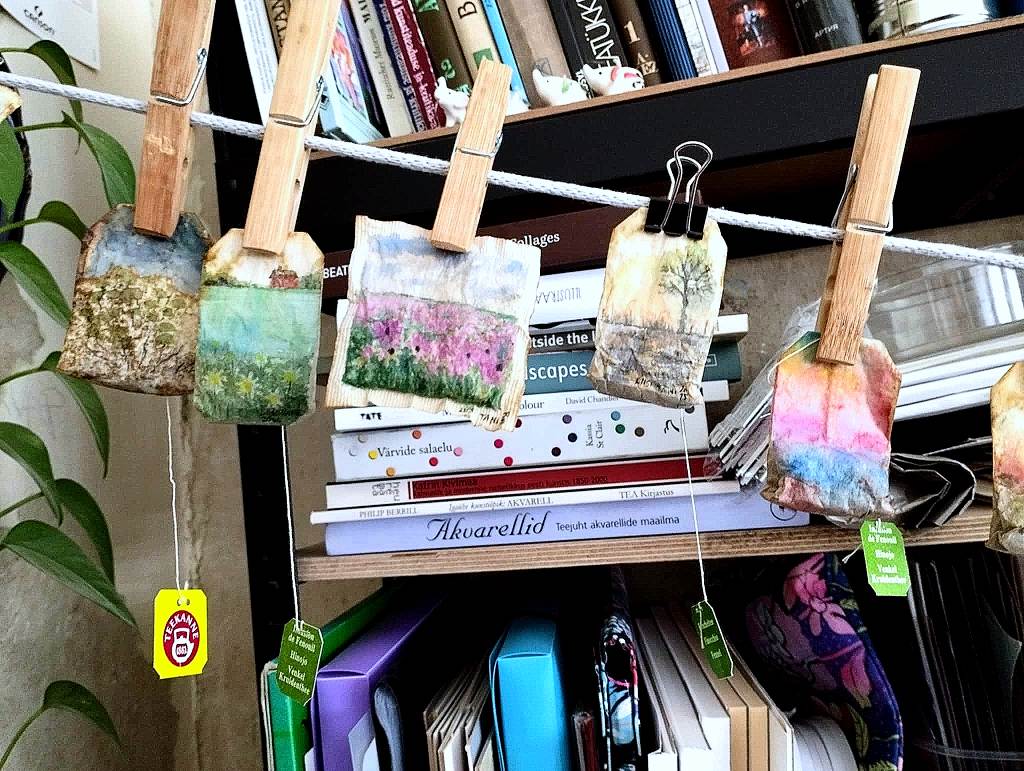
We ended the tour at a small display of old rubber boots. I asked Steveli what she loves most about working at Põhjala. She picked up a green boot and smiled. “Every day is different. And being surrounded by people who make things happen—that’s the reason I stay.”

